Table of Contents
After a tour in Cu Chi? Nestled amidst the serene landscapes of Vietnam’s southern province of Tay Ninh, lies a subterranean marvel that speaks of resilience, ingenuity, and the indomitable spirit of the Vietnamese people. The Cu Chi Tunnels, an intricate network of underground passages, bunkers, and living quarters, stand as a testament to the unwavering determination of the Vietnamese during the Vietnam War. Today, this extraordinary site has transformed into a popular destination, offering visitors a glimpse into the extraordinary history and culture of Vietnam.
Uncovering the History of Cu Chi: A Legacy of Resilience
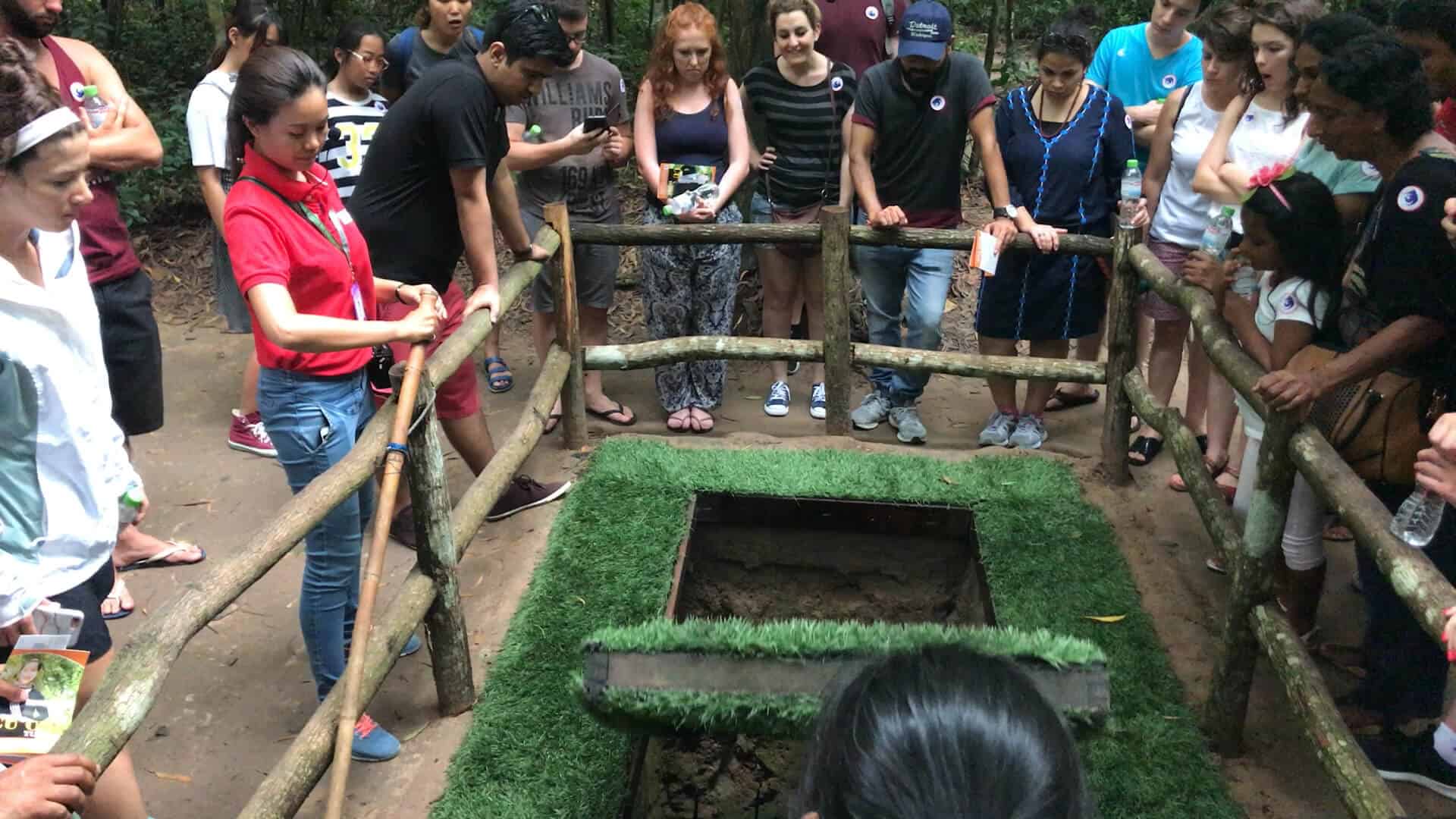
The Cu Chi Tunnels, a complex network spanning over 250 kilometers, were meticulously constructed by the Viet Cong, a group of Vietnamese resistance fighters, during the Vietnam War. These tunnels served as a vital strategic location, enabling the Viet Cong to effectively wage guerrilla warfare against the opposing forces. The tunnels were instrumental in providing shelter, transportation, and storage of supplies, as well as serving as a communication network, a field hospital, and even a school.
The Construction of the Tunnels
The construction of the after a tour in Cu Chi Tunnels began in the late 1940s, during the First Indochina War, when the Viet Minh (a communist organization) used them as a means to evade French forces. However, it was during the Vietnam War that the tunnels were expanded and became a crucial part of the Viet Cong’s strategy. The Viet Cong, who were fighting for the unification of North and South Vietnam, faced a significant disadvantage against the well-equipped American and South Vietnamese troops. The tunnels provided them with a safe haven and allowed them to launch surprise attacks on their enemies.
The tunnels were dug by hand using simple tools such as shovels and hoes, and the soil was carried out in baskets or bamboo baskets. The tunnels were dug deep enough to avoid detection by the enemy’s bombs and were also designed with multiple entrances and exits to confuse the enemy. The Viet Cong also used booby traps and other defensive mechanisms to protect the tunnels.
Life in the Tunnels
The Cu Chi Tunnels were not only a means of defense but also served as a home for the Viet Cong soldiers. The tunnels were divided into different sections, including living quarters, storage areas, and even hospitals. The living quarters were small and cramped, with barely enough space for a person to lie down. The soldiers had to live in these conditions for months at a time, enduring extreme heat, humidity, and poor ventilation.
The tunnels also had kitchens where food was prepared using simple methods such as boiling rice and vegetables. The soldiers had to be careful not to produce any smoke that could give away their location. The tunnels also had wells and water filtration systems to provide clean drinking water for the soldiers.
Discovering Hidden Gems in Cu Chi
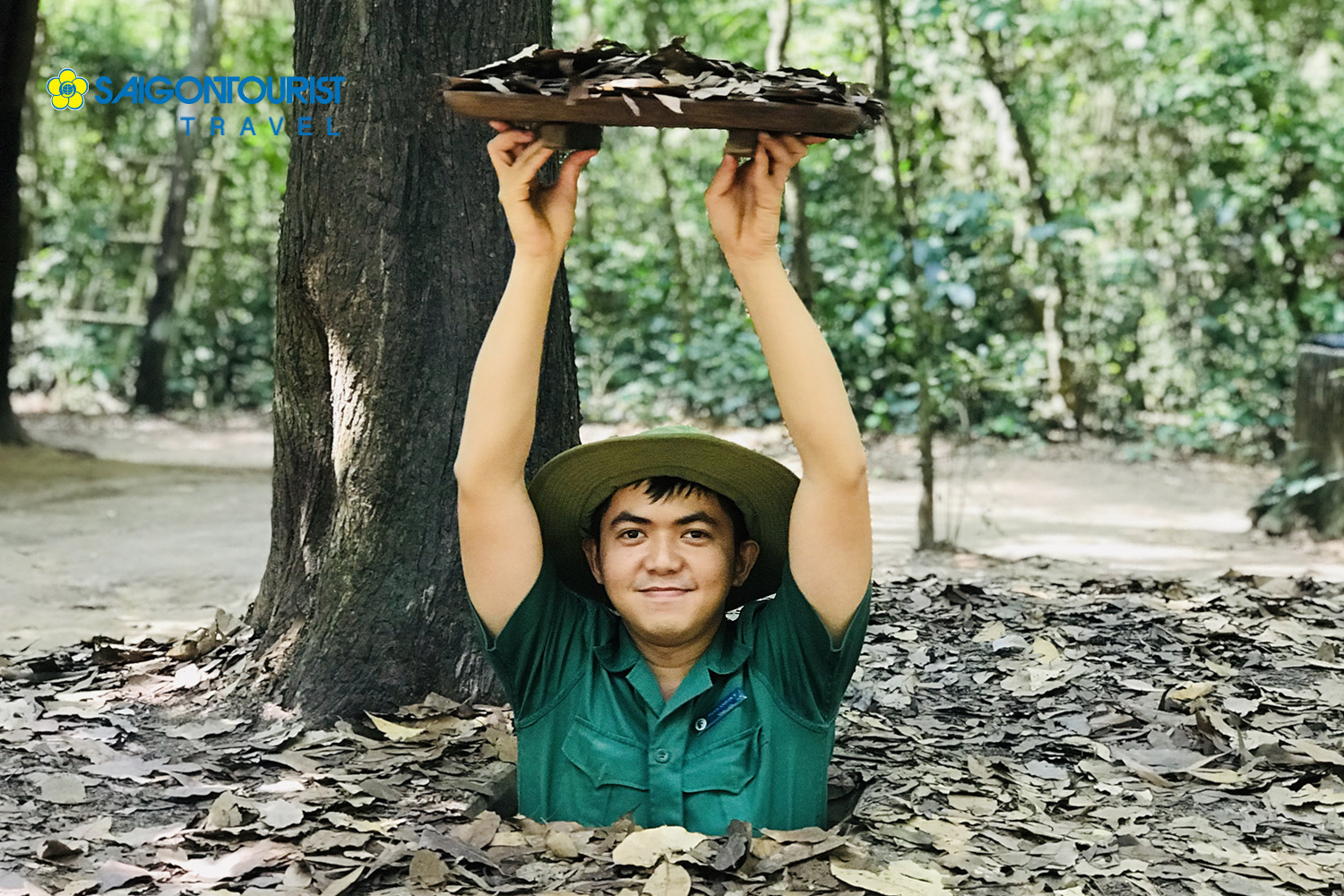
Exploring the Cu Chi Tunnels is a journey through a hidden world, a subterranean labyrinth that reveals the extraordinary lengths to which the Vietnamese people went to secure their independence. Today, the tunnels have been preserved and transformed into a popular tourist attraction, offering visitors a unique opportunity to learn about Vietnam’s history and culture.
The Cu Chi Tunnels Experience
A tour of the Cu Chi Tunnels begins with a short video presentation that provides an overview of the tunnels’ history and significance. Visitors are then taken on a guided tour of the site, where they can see the various sections of the tunnels, including the living quarters, kitchens, and hospitals. The tour also includes a demonstration of how the Viet Cong soldiers used the tunnels and booby traps to defend themselves.
Visitors can also crawl through a section of the tunnels, which has been widened for tourists. This gives them a firsthand experience of the cramped and dark conditions that the soldiers had to endure. For those who are claustrophobic, there is an option to walk above ground and see the entrances and exits of the tunnels.
The War Remnants Park
Adjacent to the after a tour in Cu Chi Tunnels is the War Remnants Park, which houses a collection of military equipment, weapons, and other artifacts from the Vietnam War. The park also has a replica of a Viet Cong camp, complete with bunkers, trenches, and living quarters. Visitors can explore these structures and get a sense of what life was like for the soldiers during the war.
The park also has a display of photographs and documents that provide a glimpse into the atrocities committed during the war. It serves as a sobering reminder of the devastating effects of war and the resilience of the Vietnamese people.
The Ultimate Cu Chi Tour Experience

A visit to the Cu Chi Tunnels is not just about exploring the underground network; it is a chance to immerse oneself in the rich history and culture of Vietnam. To make the most out of your tour, here are some tips to enhance your experience:
Dress Appropriately
As the tunnels are located in a tropical climate, it is essential to dress comfortably and wear appropriate footwear. The tour involves walking on uneven terrain, so it is recommended to wear closed-toe shoes or sneakers.
Bring Insect Repellent
As the tunnels are located in a forested area, there may be mosquitoes and other insects. It is advisable to bring insect repellent to avoid any discomfort during the tour.
Try Local Food
After your tour, you can sample some local dishes at the nearby restaurants. These dishes often include ingredients that were used by the Viet Cong soldiers during the war, such as cassava, rice, and vegetables.
Cu Chi: A Must-Visit Destination
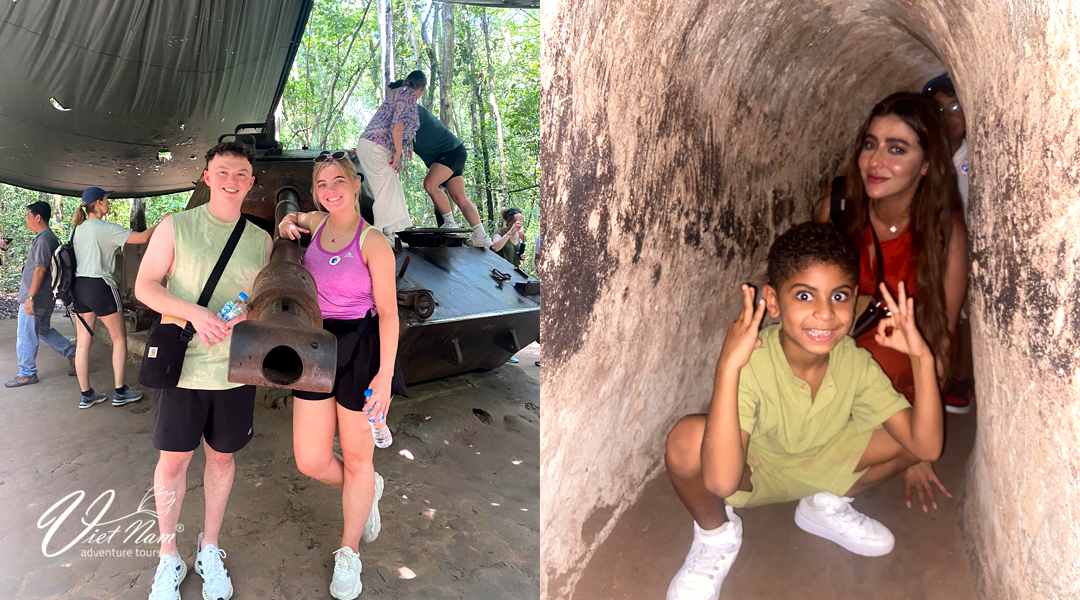
The Cu Chi Tunnels have become a must-visit destination for tourists in Vietnam. It offers a unique opportunity to learn about the country’s history and culture, and also serves as a reminder of the resilience and determination of the Vietnamese people.
Visitor Information
The after a tour in Cu Chi Tunnels are located approximately 70 kilometers from Ho Chi Minh City (formerly known as Saigon). The best way to reach the tunnels is by booking a tour through a reputable travel agency or hiring a private car. The entrance fee for the tunnels is around 110,000 VND (approximately $5 USD) for adults and 55,000 VND (approximately $2.50 USD) for children.
The tunnels are open daily from 7:00 AM to 5:00 PM, and it is recommended to visit early in the morning to avoid crowds. The tour takes approximately 2-3 hours, and there are options for half-day or full-day tours that also include other nearby attractions.
From War to Wonder: Cu Chi’s Transformation
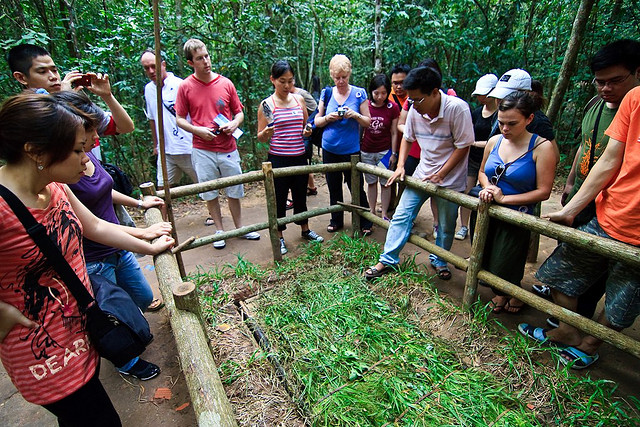
The Cu Chi Tunnels have come a long way since their days as a strategic location during the Vietnam War. Today, they have been transformed into a popular tourist spot, attracting thousands of visitors every year. This transformation has not only brought economic benefits to the local community but has also helped preserve an important part of Vietnam’s history.
Economic Impact
The Cu Chi Tunnels have become a significant source of income for the local community, providing employment opportunities for tour guides, vendors, and other service providers. The influx of tourists has also led to the development of hotels, restaurants, and other businesses in the area, boosting the local economy.
Preservation of History
The preservation of the Cu Chi Tunnels has ensured that future generations can learn about the Vietnam War and the sacrifices made by the Vietnamese people. The site has also been recognized as a National Historical Monument by the Vietnamese government, further emphasizing its importance.
Cu Chi Beyond the Battlefield
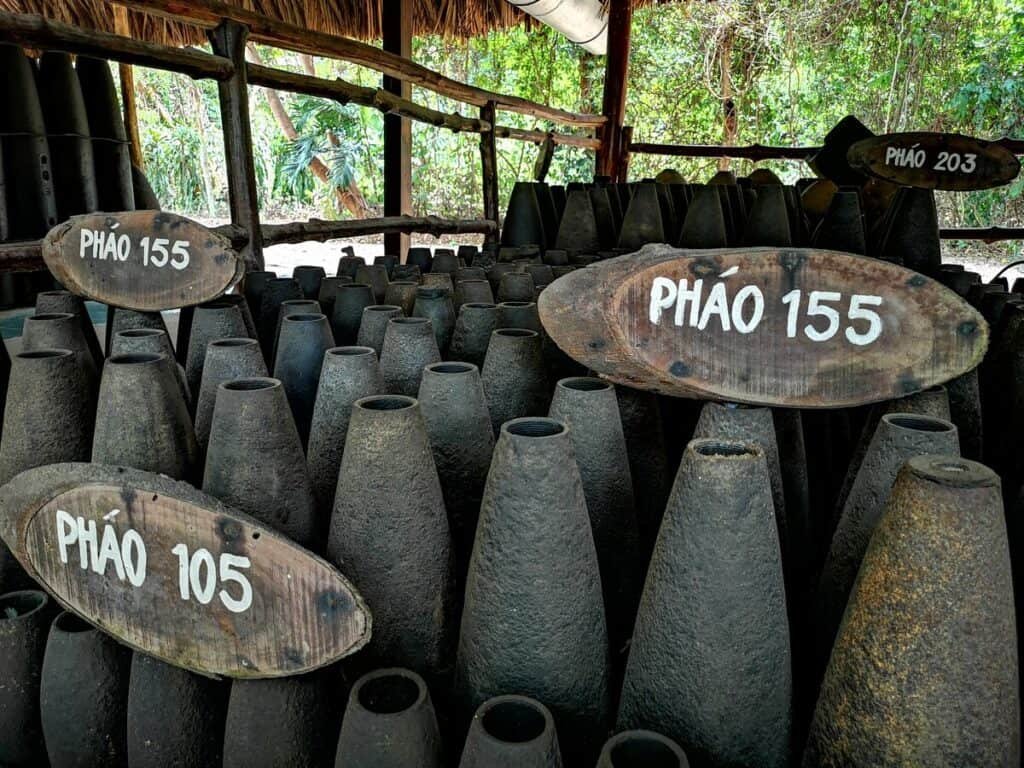
While the Cu Chi Tunnels are undoubtedly the main attraction in the area, there are other notable sites that visitors can explore to gain a deeper understanding of Vietnam’s history and culture.
Cao Dai Temple
Located near the entrance of the Cu Chi Tunnels is the Cao Dai Temple, one of the most significant religious sites in Vietnam. The temple is the center of the Cao Dai religion, which is a fusion of Buddhism, Taoism, Confucianism, and Christianity. Visitors can witness the colorful ceremonies and rituals performed by the followers of this unique religion.
Tay Ninh Holy See
The Tay Ninh Holy See is another religious site located near the Cu Chi Tunnels. It is the headquarters of the Cao Dai religion and is home to the Great Divine Temple, which is an architectural marvel. Visitors can attend the daily prayer sessions and learn more about the Cao Dai religion.
Black Virgin Mountain
For those who enjoy outdoor activities, a trip to Black Virgin Mountain is a must. Located approximately 30 kilometers from the Cu Chi Tunnels, this mountain is considered sacred by the Vietnamese people and offers stunning views of the surrounding countryside. Visitors can hike to the top or take a cable car ride to the peak.
A Day Trip to Remember: Cu Chi Highlights
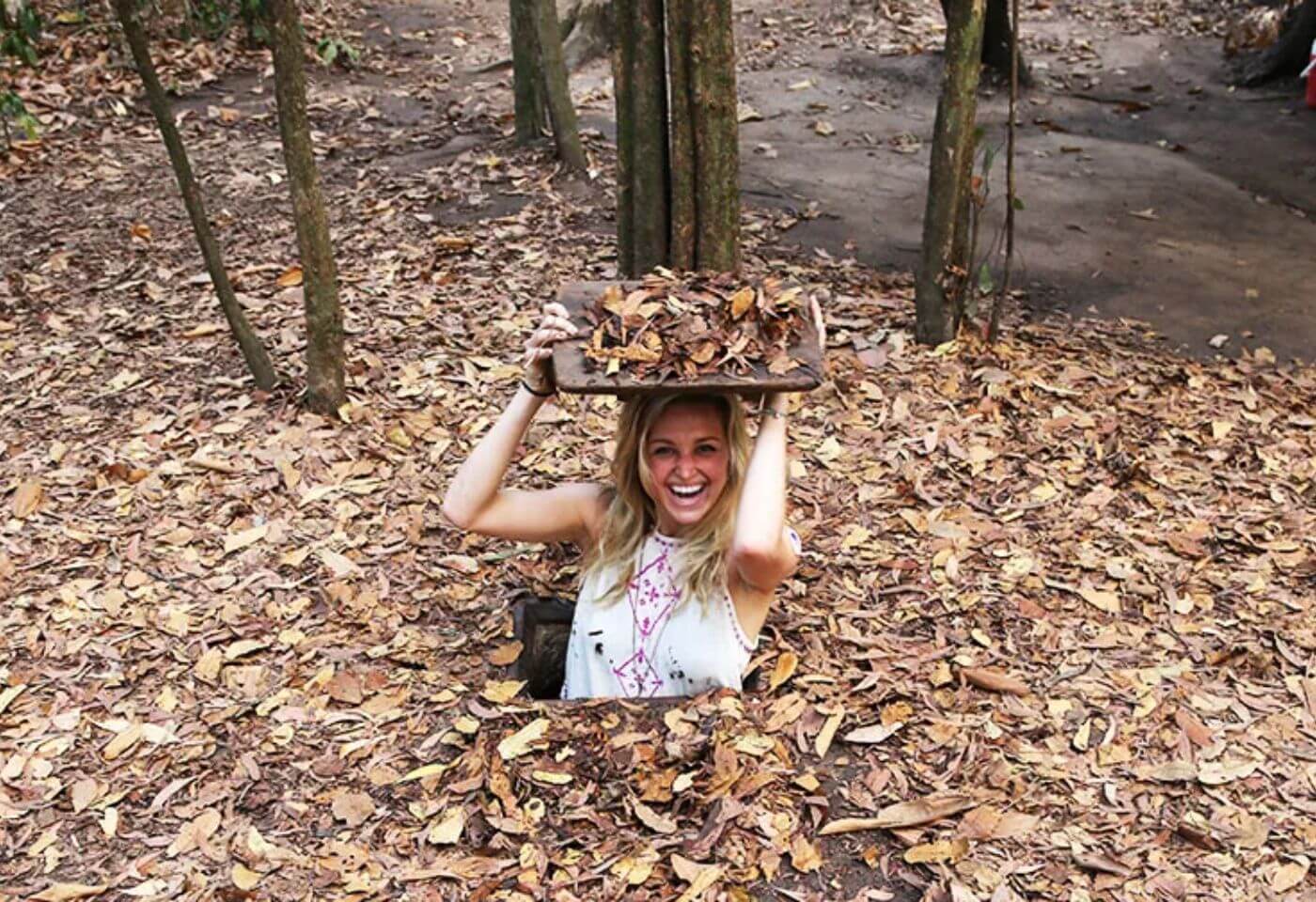
A visit to the after a tour in Cu Chi Tunnels is not just a tour; it is an immersive experience that will leave a lasting impression. Here are some of the highlights that you can expect on your trip:
- Exploring the underground network of tunnels and learning about their significance during the Vietnam War.
- Witnessing a demonstration of how the Viet Cong soldiers used the tunnels and booby traps to defend themselves.
- Crawling through a section of the tunnels to experience the cramped and dark conditions that the soldiers endured.
- Visiting the War Remnants Park and learning about the atrocities committed during the war.
- Sampling local dishes made with ingredients used by the Viet Cong soldiers during the war.
- Exploring other nearby attractions such as the Cao Dai Temple, Tay Ninh Holy See, and Black Virgin Mountain.
Cu Chi: More Than Just a Tourist Spot
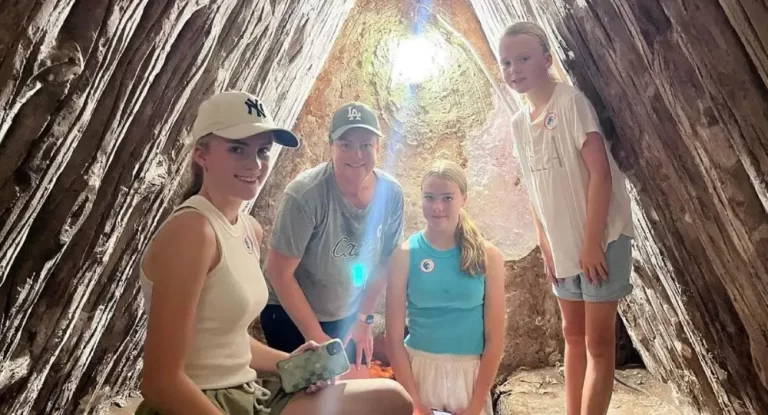
The Cu Chi Tunnels may have gained popularity as a tourist destination, but they hold much more significance than just being a spot for sightseeing. They are a symbol of resilience, ingenuity, and determination, and serve as a reminder of the sacrifices made by the Vietnamese people during the Vietnam War.
Immersive Experiences in Cu Chi

For those looking for a more immersive experience, there are options to stay overnight at the Cu Chi Tunnels. Visitors can spend the night in one of the reconstructed bunkers and experience what it was like for the soldiers to live in the tunnels. This unique experience allows visitors to gain a deeper understanding of the hardships faced by the soldiers during the war.
There are also opportunities to participate in activities such as cooking traditional Vietnamese dishes, learning how to make booby traps, and attending cultural performances. These experiences provide a glimpse into the daily lives of the Vietnamese people and their rich culture.
Conclusion
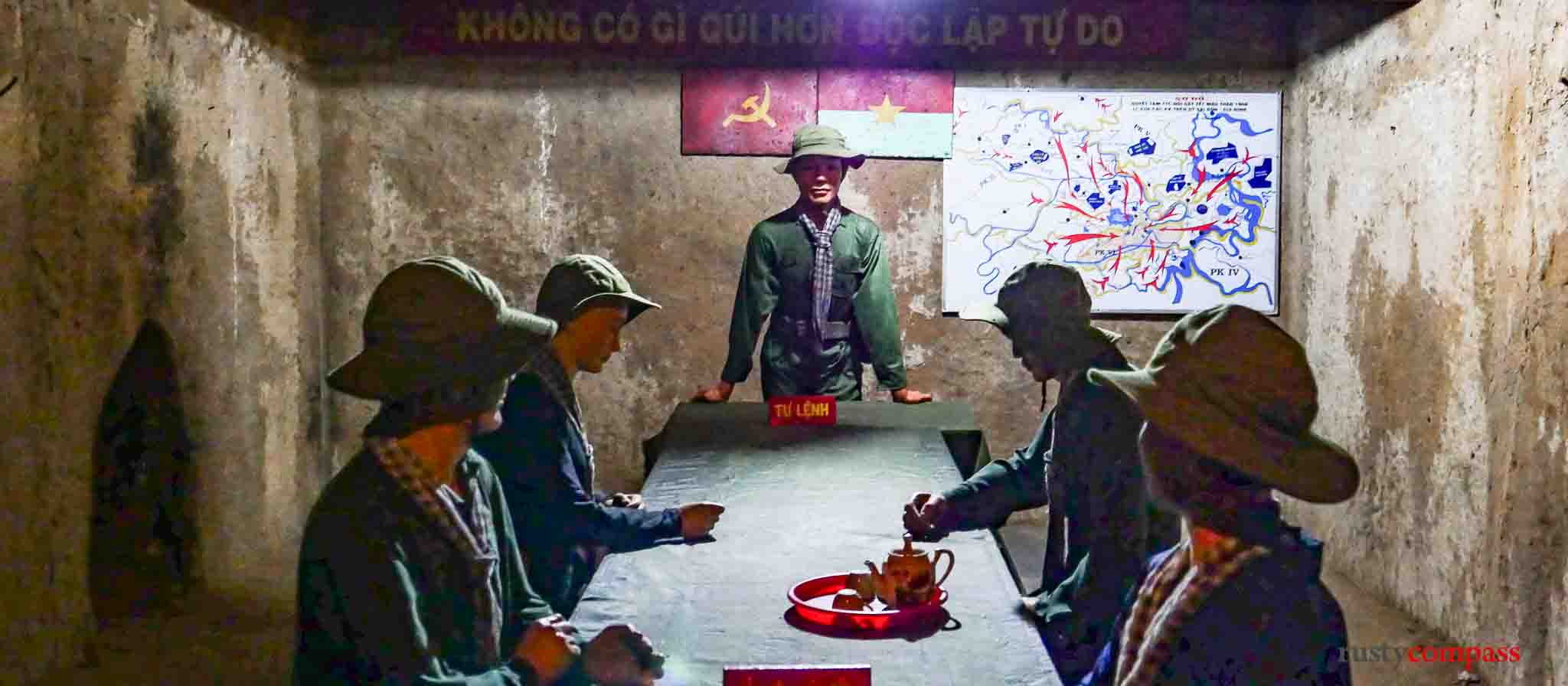
A visit to the after a tour in Cu Chi Tunnels is an unforgettable experience that will leave you in awe of the resilience and ingenuity of the Vietnamese people. It is a journey through history, a chance to learn about a country’s struggle for independence, and a reminder of the devastating effects of war. So, if you ever find yourself in Vietnam, make sure to add the Cu Chi Tunnels to your itinerary for a truly enriching and eye-opening experience.